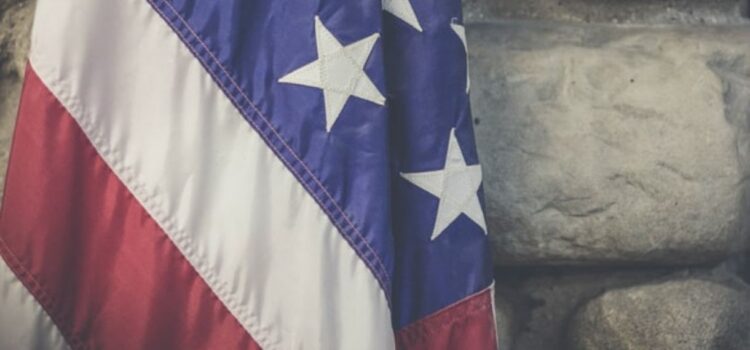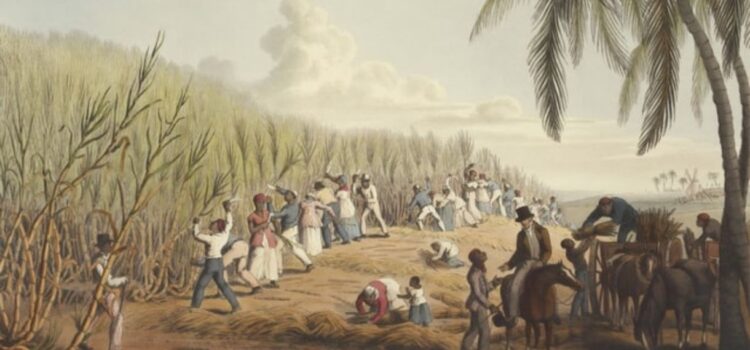What is the history of the Confederate statues in America? Why did some people resist the removal of these statues? What do they celebrate? Confederate statues in America are monuments and memorials that have been erected to celebrate the leaders of the American Confederacy. The Confederacy was a faction formed by anti-democracy, pro-slavery group of states that seceded from the US after the election of Abraham Lincoln. Read about the history of the Confederate statues in America, what they represent, and why their removal sparked such a heated debate in the American society.
Confederate Statues in America: Memorializing Hate










